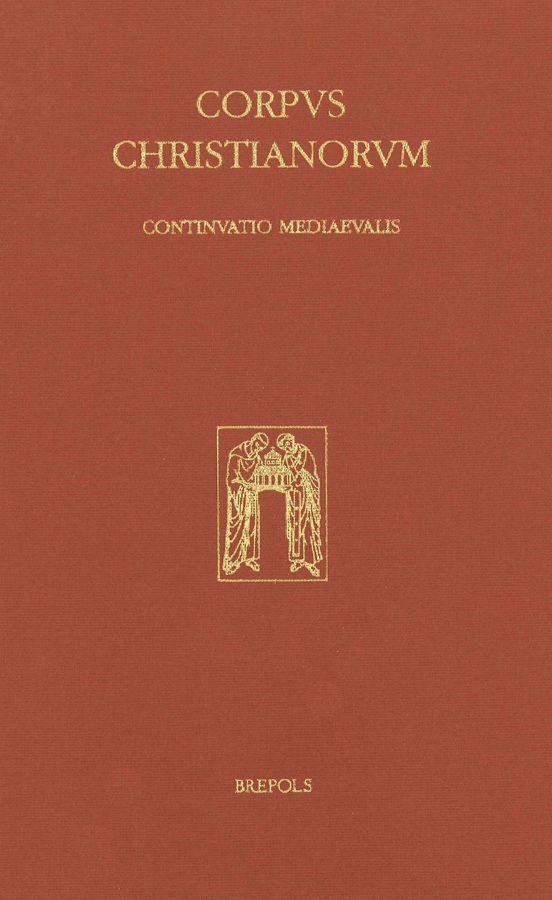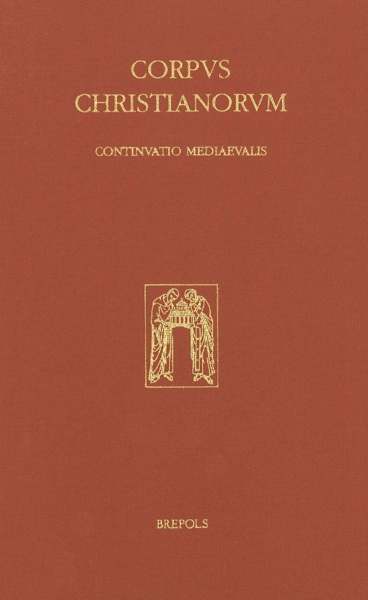
Petrus Abaelardus
Opera theologica V
Expositio in Hexameron. Abbreviatio Petri Abaelardi expositionis in Hexameron
M. Romig, D.E. Luscombe, Ch. Burnett (eds)
- Pages: 172 p.
- Size:155 x 245 mm
- Illustrations:2 b/w
- Language(s):Latin, English
- Publication Year:2004
- € 130,00 EXCL. VAT RETAIL PRICE
- ISBN: 978-2-503-03151-4
- Hardback
- Available
Be sure to check out also the English translation of this text by W. Zemler-Cizewski (CCT 8)!
These two editions present Peter Abelard's Exposition of the Biblical Hexameron and a work which is a shorter version of this and which is usually called an Abbreviation. In his Exposition, which is much influenced by the commentaries of St Augustine, Abelard gives priority to the historical and literal sense and attempts a naturalistic explanation of the process of creation while retaining symbolic and moral interpretations. Like his contemporaries, William of Conches and Thierry of Chartres, Abelard shows an especial interest in Plato's Timaeus, in chaos theory, in the four elements, and in the anima mundi. But his Exposition is also a profoundly religious work. The manuscripts and the contributions of their various scribes are closely examined in an Introduction in which the possibility is considered that one of these scribes may be Abelard himself. Additions and changes made by the scribes are printed in different types in the edition which follows. A separate Introduction assesses the nature of the Abbreviation and compares it with the Exposition. The two editions were begun by Mary Romig+ and Charles Burnett respectively. They have been prepared for publication by David Luscombe.





